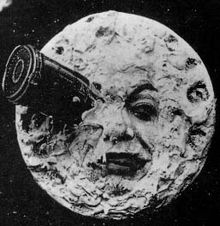 |
| John Masefield 1878-1967 |
In the days immediately following the senseless carnage in Newtown, Connecticut, I found myself returning to this song, probably because its mood of uncomprehending desolation approximated my own. The poem is John Masefield's Vagabond, part of his 1902 collection Salt-Water Ballads. Masefield's Vagabond is a far cry from Robert Louis Stevenson's The Vagabond of 1896 ("Give to me the life I love, / Let the lave go by me, / Give the jolly heaven above / And the byway nigh me."). No romance of the open road for Masefield, especially in this haunting musical setting by John Ireland, composed in 1922. The singer is Bryn Terfel.
Dunno a heap about the what an' why,
Can't says I ever knowed.
Heaven to me's a fair blue stretch of sky,
Earth's jest a dusty road.
Dunno the names o' things, nor what they are,
Can't say's I ever will.
Dunno about God - he's jest the noddin' star
Atop the windy hill.
Dunno about Life - it's jest a tramp alone,
From wakin'-time to doss.
Dunno about Death - it's jest a quiet stone
All over-grey wi' moss.
An' why I live, an' why the old world spins,
Are things I never knowed.
My mark's the gypsy fires, the lonely inns,
An' jest the dusty road.
To end on a brighter note, a Bryn Terfel encore: Masefield's Trade Winds, beautifully set by Frederick Keel in 1919. Keel's lulling melody and the legato shaping of the phrase "the steady trade winds blowing," especially its extension in the third verse, evoke the scene - a fine example of musical picture-painting.
In the harbor, in the island, in the Spanish Seas,
Are the tiny white houses and the orange trees,
And day-long, night-long, the cool and pleasant breeze
Of the steady trade winds blowing.
There is the red wine, the nutty Spanish ale,
The shuffle of the dancers, and the old salt's tale,
The squeaking fiddle, and the soughing in the sail
Of the steady trade winds blowing.
And o' nights there's the fire-flies and the yellow moon,
And in the ghostly palm-trees the sleepy tune
Of the quiet voice calling me, the long low croon
Of the steady trade winds blowing.
Initially I thought I'd adorn this post with appropriate scenic photos to help set the mood. Then I thought: How unimaginative. How unnecessary. All that's needed is that you close your eyes and listen, and you'll "see" these songs in mind-pictures more vivid than anything Google Images has to offer.






























